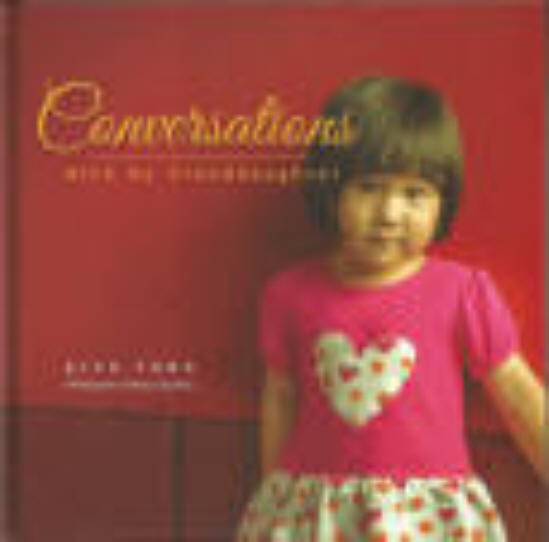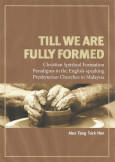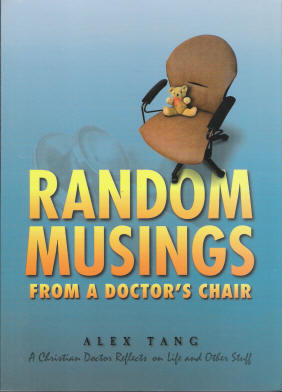Cord Blood: To Store or Not to Store?
 In the last few years, a few companies have been set up to store cord blood of newborn for use in the future. Cord blood contains foetal red blood cells and other cells which can be harvested for stem cells. The argument is that if the child needs a bone marrow transplant in the future, there is already in cold storage, a ready source of his or her own cord blood.
In the last few years, a few companies have been set up to store cord blood of newborn for use in the future. Cord blood contains foetal red blood cells and other cells which can be harvested for stem cells. The argument is that if the child needs a bone marrow transplant in the future, there is already in cold storage, a ready source of his or her own cord blood.On the surface, this seems like a good argument for planning and storing your newborn’s cord blood. After all, as parents, we want the best for our child.
Recently, there has been a move by the Ministry of Health in Malaysia to register and limit the licensing of cord blood storage companies to three. There is also talk of including these companies under the Private Hospital Act. There are a few reasons for this.
First, there is a matter of degeneration of the DNA and mitochondrial RNA of the cord blood cells over time. This degeneration is inevitable. Thus when the frozen cord blood is needed, which is usually in 20-30 years’ time, there will be some notable degeneration in the DNA and RNA. Nobody knows at present what the effect of this degeneration is because cord blood storage and retrieval has not been around that long.
Second, cord blood is stored frozen at a very specific low temperature. This temperature is maintained by liquid nitrogen as the cooling agent. Thus the companies storing cord blood must have very sophisticated instruments to monitor the temperature of the frozen cord blood and there must not be any large variation in temperature. All it takes is a single episode of temperature variation for the cord blood cells to be destroyed. In the case of a power failure, the few seconds for the back-up generator to come online make the difference (provided the backup generators work, of course).

Third, the cost of storing and maintaining cord blood can be prohibitive over time. The initial start up cost of collection, freezing and storage may cost about RM3,000 or more. Then there is the yearly cost of about RM1,000 per year. Multiply that with the number of years you want to keep it for your child and you will get an idea on how much it will cost you. Cord blood storage will be for the rich only. What about the poor?
Four, an argument is set forth for cord blood for marrow transplantation as an insurance policy in case your child develops leukaemia or thalassemia (these are the two common diseases quoted). Leukaemia and thalassemia have a genetic basis. Therefore, it does not make sense to transplant into your child the same genetic materials that caused the leukaemia and thalassemia in the first place.
Finally, there is the matter of the volume of cord blood stored. Most companies stores about 50-100 ml. By the time your child needs the cord blood for transplantation, he or she may be about 19-20 years old. The stored cord blood will not be enough for a single bone marrow transplantation.
On the other hand, I am not denying that there is a need for cord blood storage. Cord blood does provide a viable source for stem cells. I will strongly support the formation of a cord blood bank, preferably by the Ministry of Health, where cord blood from all newborns are stored. This functions like a regular blood bank, where all can draw from it as their needs requires, both rich and poor.
My other posting on stem cells are
Growing a New Heart
Hybrid-Test Drive.
and my personal view on Stem Cell research.
update (22.12.07):
Stem cell company threathen legal action against blogger by palmdoc
.
Labels: Biomedical Ethics, Medicine















4 Comments:
Doc, I think I have heard (on the radio) some testimony by parents where the cord blood is used in cases of leukemia and the child (<10yrs) recovered after that. Is that possible?
On the same talk show it was also mentioned the yearly cost for the maintenance of the cord blood to be at around RM200. The upfront cost will be as you have stated around 2K to 3K.
The information that we have heard always (especially from movies) was that for leukemia patients, their only hope was the transfer of bone marrow from a suitable donor or from the patients deposited cord blood. Is that true?
Kind of confused with all these claims. Need you to enlighten us...
Thanks.
hi kaki.ayam,
yes, it is true that cord blood has been used for bone marrow transplantation in children with leukemia. And it is successful.
The question, however, is that if the cause of the leukemia is due to a defective gene, then that particular gene is also in the cord blood (from the same child) and so it may be a matter of time before the child gets leukemia again.
The upfront cost and yearly maintenance differs from company to company.
Actually, the success rate for treatment of leukemia by chemotherapy and radiotherapy has improved tremendously. Bone marrow transplantation is rarely used and only in severe and resistant cases.
Hope this is useful.
Hi Doc, thanks for the explanation. May I ask, what is the current percentage of leukemia patients with a defective gene as compared to .....err....well the other so called curable leukemia?
With the reservation which you have stated, I would still prefer to store the cord blood, at least for the first few years of the child life...just in case.
What do you think?
I do not know of any data available of the percentage of leukemia with defective gene. One reason is that there are many types of leukemias in adult and in children. The other reason is that some people with the gene do not develop leukemia and some who develop leukemia also have other contributing factors. Sorry, it is a bit complicated at this moment.
BTW, I hope you do not get the impression that leukemias due to genetic factors are incurable as compared to other 'curable' leukemias.
Most leukemias are curable. In childhood acute lymphoblastic leukemias (ALL), the 5 year survival rate is more than 92%
In spite of my reservations, it still boils down to individual parental choice :)
Post a Comment
<< Home